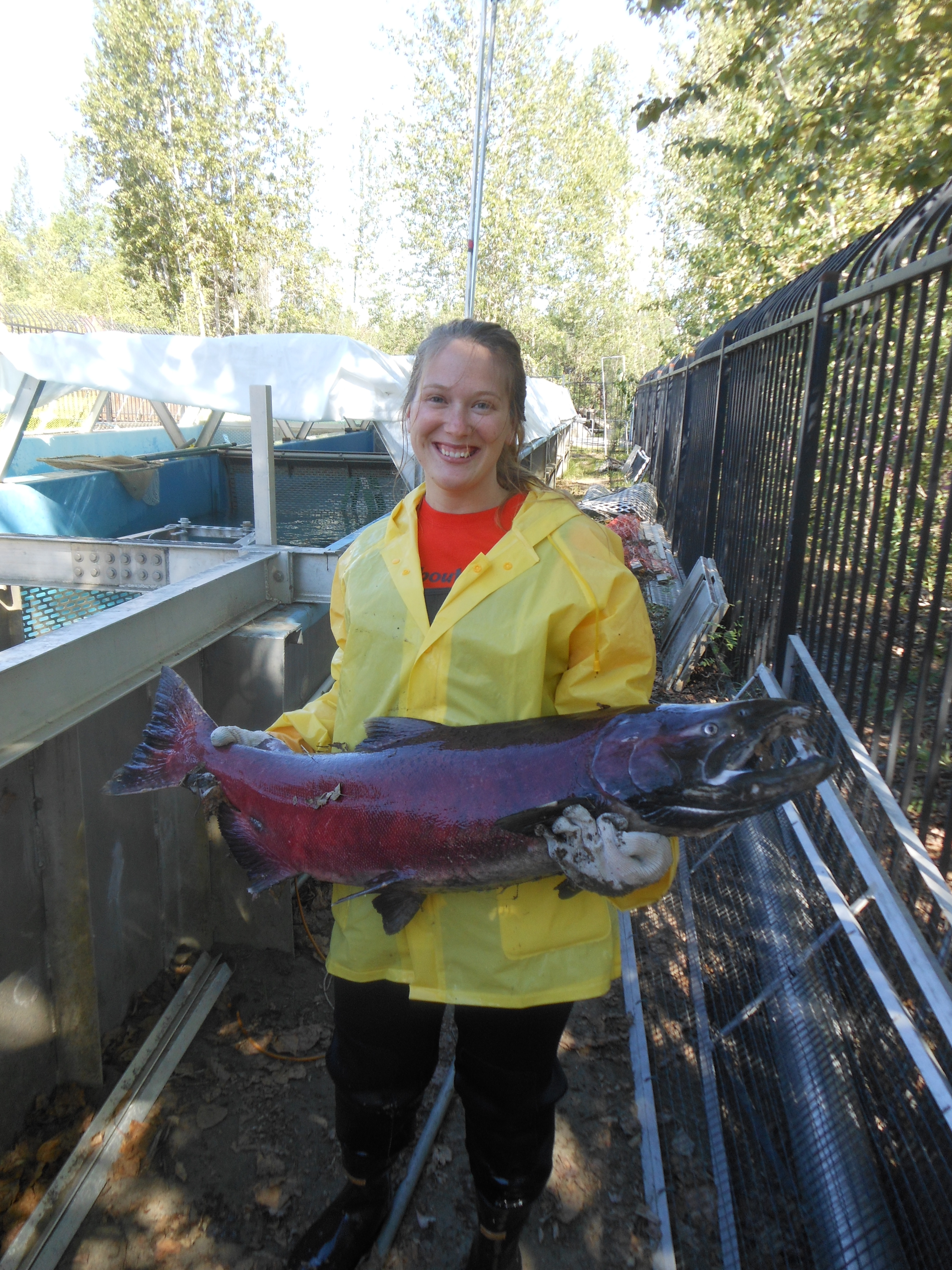by Breeyana Marshall
I was in a mad dash to pick up my twelve year old son from a late night session at Diamond Skate Land. As I drove up I saw a little girl, no older than eight or nine. She was standing there, legs spread behind, pushed outward, thrusting her hips hard and fast in a very provocative fashion. It appeared that she was humping the air. I was appalled and disgusted. This later turned to sadness for a generation of innocence that has been lost with the values of my parent’s generation. What I witnessed made me realize how sexualized America’s children have become.
The definition of sexualization is, “To make or become sexually aware; to give or to acquire sexual associations.” (Dictionary.com). When we are talking about children and teenagers— predominately girls—this is the process of putting emphasis on their sexual nature. It is definitely not healthy or morally correct. The American Psychological Association (2014) contends the result of this rears its ugly head in one of these four ways: When an individual’s worth is only measured by their sexiness, when teenagers and children are encouraged or expected to dress sexually and exhibit behaviors of this nature; when individuals begin to be treated like a sex objects, instead of a human beings as a whole; and when physical appearance becomes the only indication of sexiness. It’s official. We have done a wonderful job as a society of sexualizing our youth.
Our values as a society have become eroded. I remember when I was growing up, I never heard any cuss words on television. The worst show for children was, “The Simpsons.” Without it being said, you knew that you couldn’t wear or even ask for revealing clothing. Boy, how things have changed. Little girls are buying dolls with make up on them. The all American favorite toy of little girls, “Barbie,” looks like a high priced Vegas escort, and parents drool when they see them and tell their innocent little girls, “Look how pretty she is!”—thus introducing the idea that is what real beauty must be. We have television programs like, “Toddler’s and Tiara’s,” in which innocent toddlers and five year olds are dressed up in miniskirts, bikinis, wigs, press on nails and full make-up, to prance around on a stage for a desensitized crowd that is too stupid to realize it is fostering an environment for a life of emotional issues and superficial self-worth. Many child stars presented on television and through the media—appear to be far more mature and sexual then their age should allow—such as Bella Thorne and Sasha Pieterse.
On the Cartoon Network you can find Adult Swim on after a certain time. Programs like, “Rape Ghost: Robot Chicken,” and, “Those Boobs: Robot Chicken,” which are full of sexually charged innuendo, pornographic visuals and are clearly not for children. So why on earth would this be on the Cartoon Network at any time? Is it a conspiracy to sexualize our children?
Magazines portray these sexually charged images as well. Vogue, Teen Magazine, and People Magazine feature photo spreads such as “The World’s Twenty Five Most Beautiful People,” as well as articles like, “How to Get a Bigger Butt or Rounder Breasts in a Month.” These magazines put women on the cover who are considered to be most desirable in society, and dress them in very little clothing. They are displayed at or near the check stands in grocery stores, for our little ones to see while we wait in line. And don’t even speak about the music videos, that so many parents watch in front of their children and allow their children to watch. Artists such as Beyoncé, Miley Cyrus, Rhianna and Nicki Manaj not only visually glorify sexual immorality but speak in great detail and depth about it. For example; Nicki Manaj singing in one of her very popular songs, “My anaconda don’t want none unless you got buns, hun” (CBS Interactive Incorporated). For the male children its artists like Buck Cherry, whose lyrics are too inappropriate to even quote, and rappers like Nelly with his video Tip Drill that portrays women as sex objects. The list is endless and we play these artists with their hypnotic sexually charged lyrics in the car or at home with our five-year-olds and teenagers present.
Recently, I took my eight year old niece shopping and found the clothing selection for little girls to be appalling. Tight baby tees, skin tight skinny jeans, inappropriately low cut neck lines, especially for a child who is about to hit puberty and is trying to make sense of all their raging hormones. The entire section in multiple stores appeared as if it were for women—just in children’s sizes. We wonder why boys can’t pay attention in school; they can’t stop looking at the little girls exposed midsections, behinds and breasts. As a society, how dare we wonder why there were 274,641 teen pregnancies in the United States in 2013 (thenationalcampaign.org).We have created an X-rated environment for our children to grow up in and a society where the undertone of common culture is sex. We have learned to define our worth by how pretty a woman is or how big her breasts are, or how handsome or muscular a man is, and if we don’t possess any of these sexy qualities, we want them and lose sight of who we really are and the level of self-worth we have without them.
It is clear that, as a society, we are leading our children down a path of disaster. If society continues on this path, many children of this generation and future generations will develop desensitization to sexually explicit material, become sexually superficial—with an emphasis on enhancing their own sexual nature. More young men’s dreams will be delayed by fatherhood, the relationships with the mothers of these children will become strained, because young men will treat them as sex objects—opposed to human beings and the mothers of their children. There will be more broken families, due to individuals continuously looking for an updated version of sexiness in a partner. Instead of heading to college, more girls will be on their way to motherhood, and become insufficient caregivers, who are increasingly focused on their image.
Selling anything they can, including themselves—to obtain a bigger butt, rounder breasts, or the perfect eyes.






3 Comments
TeShawn Anderson-Johnson
This article made me cry, because it is so true. It is the truth in its rare form. The American Society has taken the innocence of young people, and like you stated little girls the most. I enjoyed how honest you were in this piece alone. This topic for some parents is difficult because no parent wants to see that these shows and these new society demands are affecting the children of our society.
Richard Walker
Well done… Round of applause… This is a real look at the desynthesizing of American generations now; and moving forward. I appreciate the honesty and personal feelings described as you watched the affect on your son by the actions of his peers; or the type of “fashionably exceptable” clothing pushed on an 8 year old your neice. We as a society are doomed to have or children tainted by Hollywood and big business as they prey on these next generations to come. Gone are the days of screening the level of filthy influence our children face as the what is deemed normal is totally inappropriate for children as well as society.
Marian Soifua
My heart aches from the truth of this paper.